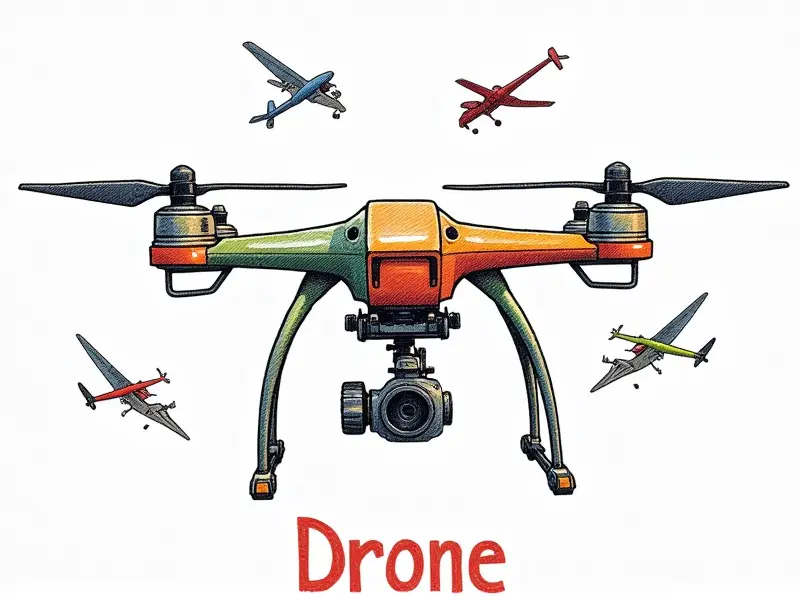How do RC airplane servos work?

Simplified Guide to RC Airplane Servos
RC airplane servos are critical components that control the movement of an aircraft's control surfaces, such as ailerons, elevators, and rudder. Understanding how these servos work is essential for both beginners and experienced pilots looking to enhance their flying skills.
Inside RC Plane Servos: How They Work
The inner workings of an RC airplane servo are intricate yet straightforward once explained. A typical servo consists of a motor, gears, and a potentiometer. The motor drives the gears, which in turn rotate the control arm connected to the aircraft's control surface.
Essential Knowledge: How RC Airplane Servos Work
The operation of an RC airplane servo begins with the transmitter sending signals via radio waves to the receiver. The receiver then sends a signal to the appropriate servo, instructing it to move its control arm to a specific position.
Demystifying the Function of RC Plane Servos
- Motor: Converts electrical energy into mechanical energy.
- Gears: Translates motor movement into precise control surface movements.
- Potentiometer: Measures the position of the control arm and sends feedback to the receiver.
Breaking Down RC Airplane Servo Technology
The technology behind RC airplane servos involves several key components. The motor is typically a high-torque, low-speed type designed for precise movement. Gears are made of durable materials like brass or nylon to ensure longevity and smooth operation.
Secrets of RC Plane Servos
To get the most out of your servos, it's important to understand their limitations and capabilities:
- Torque: The amount of force a servo can exert. Higher torque is better for larger control surfaces.
- Speed: How quickly the servo can move from one position to another, crucial for quick maneuvers.
Understanding RC Airplane Servo Operation
The operation of an RC airplane servo involves a continuous feedback loop. When you command a control surface to move via your transmitter, the receiver sends a signal to the appropriate servo. The potentiometer inside the servo measures its position and sends this information back to the receiver.
RC Airplane Servos 101: A Beginner's Guide
New pilots often struggle with understanding how servos work in RC airplanes. Here are some key points:
- Selecting the Right Servo: Choose a servo based on your aircraft’s requirements, such as torque and speed.
- Installation: Proper installation ensures smooth operation and prevents damage to control surfaces.
How Do RC Airplane Servos Operate?
The basic principle of servo operation is straightforward. When the transmitter sends a signal, it triggers an electrical pulse that moves the motor inside the servo. The gears translate this movement into precise control surface movements, allowing for fine-tuned flight control.
Servo Basics for RC Aircraft Pilots
Understanding the basics of servos is crucial for any RC aircraft pilot:
- Pulse Width Modulation (PWM): The method used to send signals from the transmitter to the receiver.
- Signal Frequency: Typically around 50 Hz, this determines how often the servo checks its position and adjusts accordingly.
Exploring the Inner Workings of RC Plane Servos
The inner workings of an RC airplane servo involve several mechanical and electrical components working together seamlessly. The motor drives a series of gears that rotate the control arm, while the potentiometer ensures accurate positioning.
Conclusion
In conclusion, understanding how RC airplane servos work is vital for anyone interested in flying remote-controlled aircraft. By grasping the basics and delving into the technology behind these components, pilots can enhance their skills and achieve better control over their aircraft.

